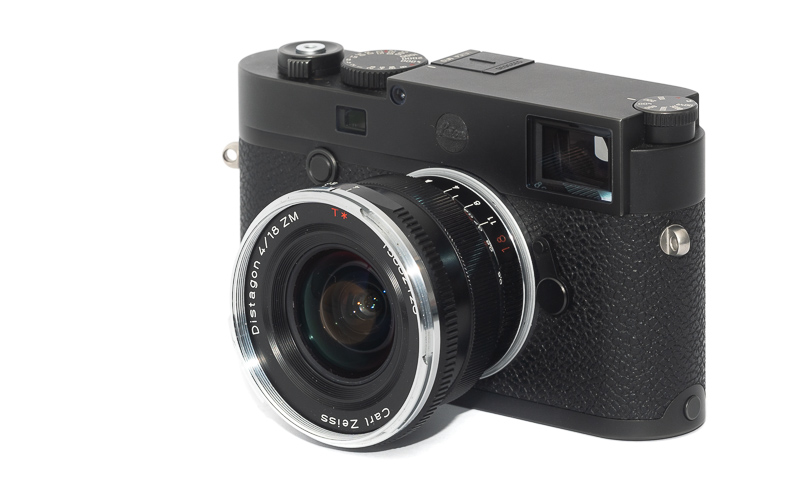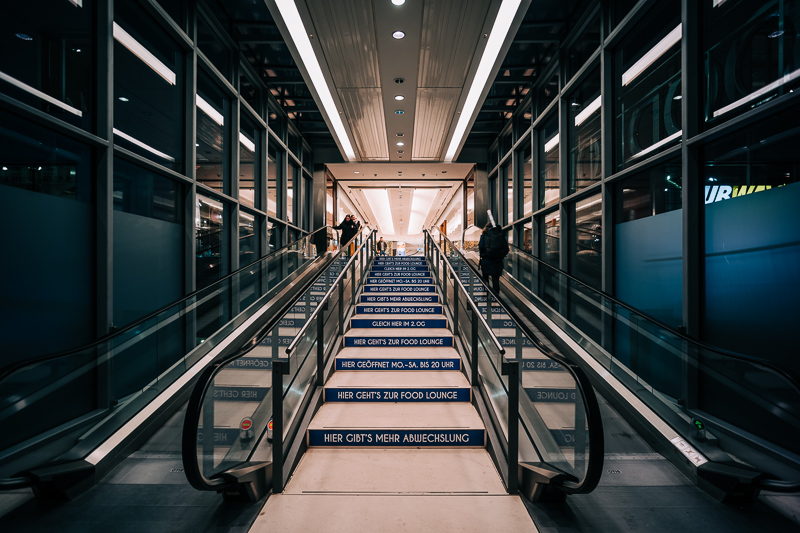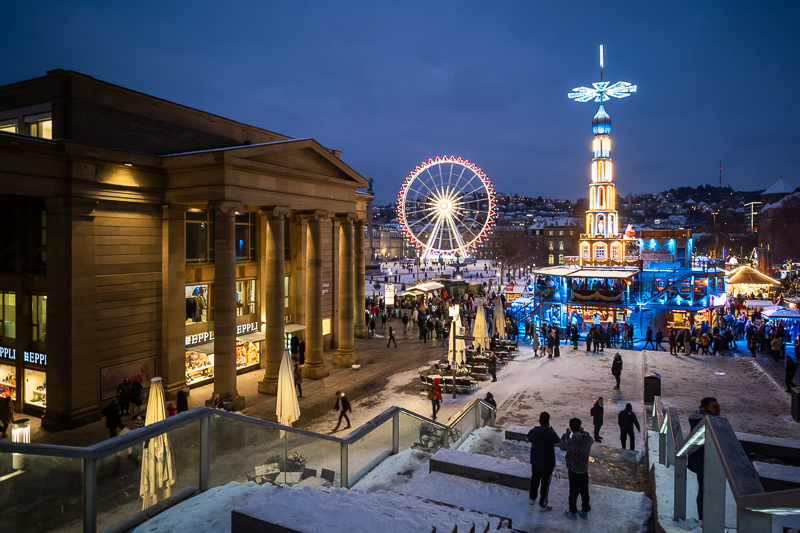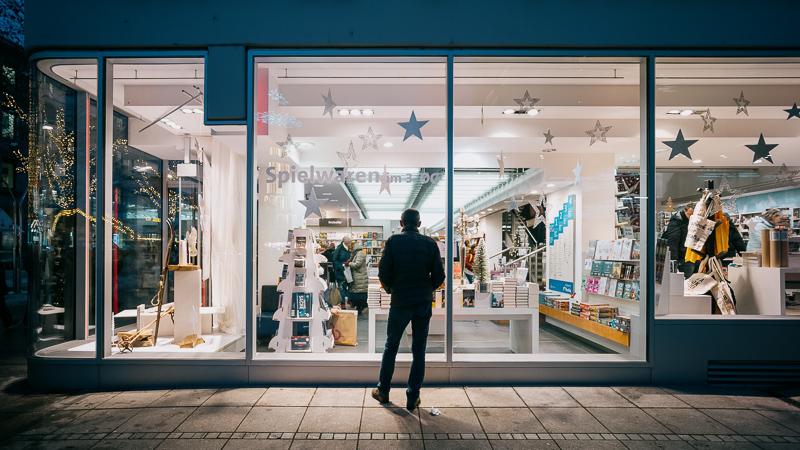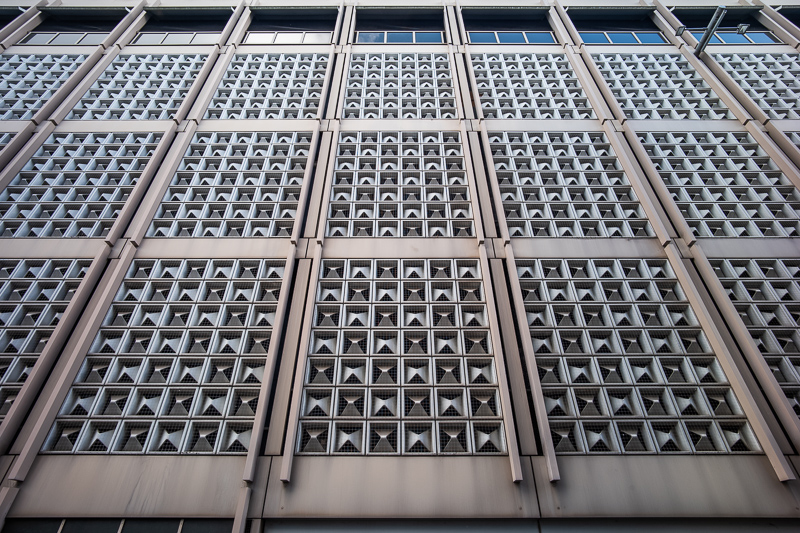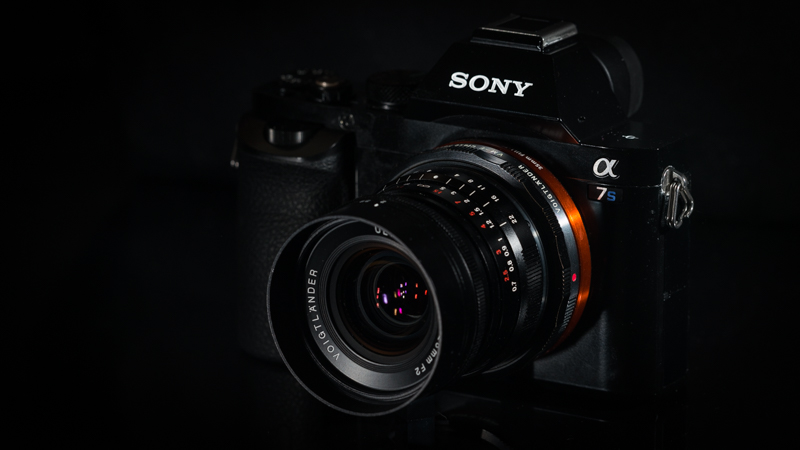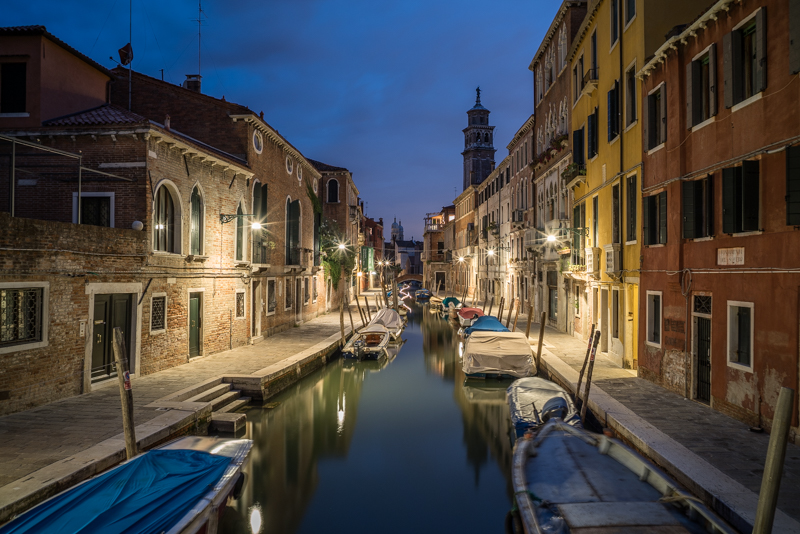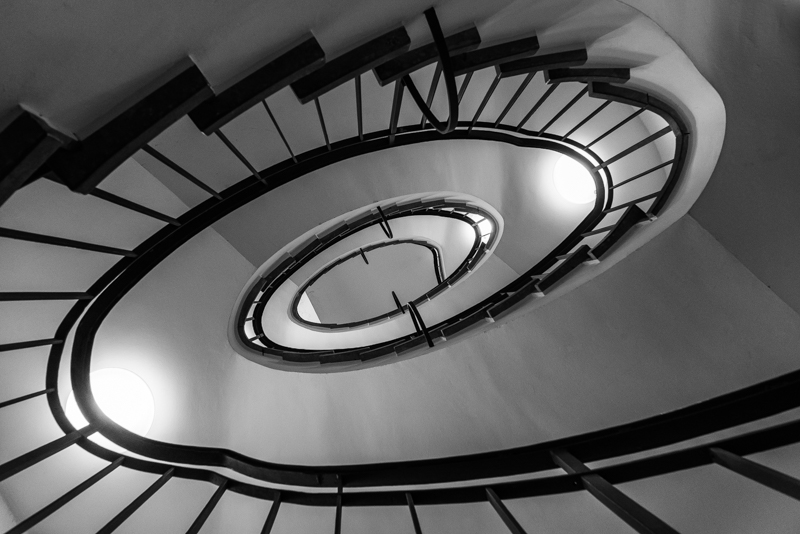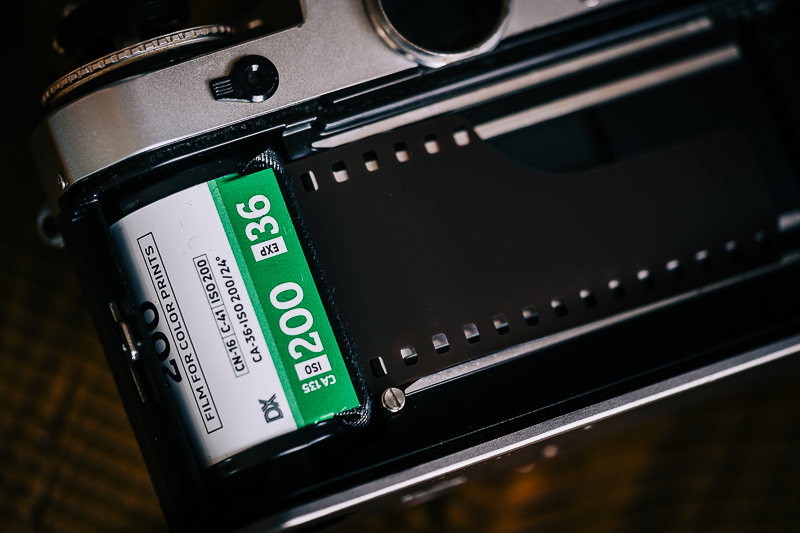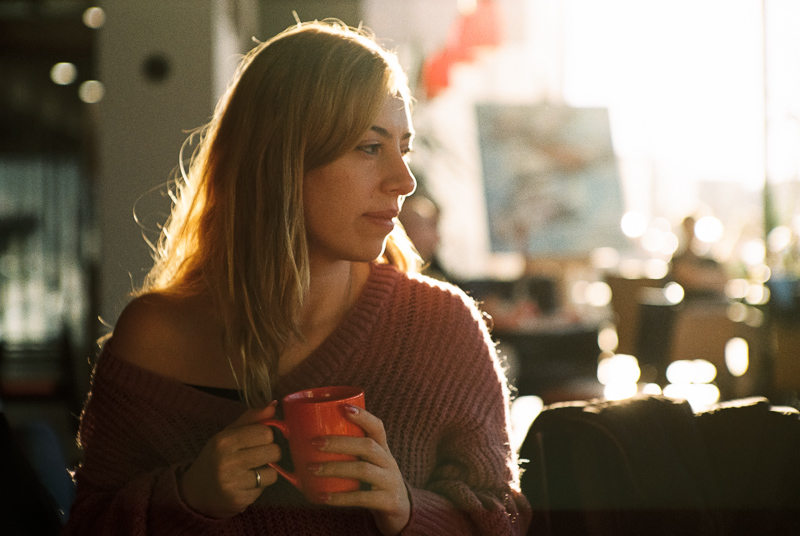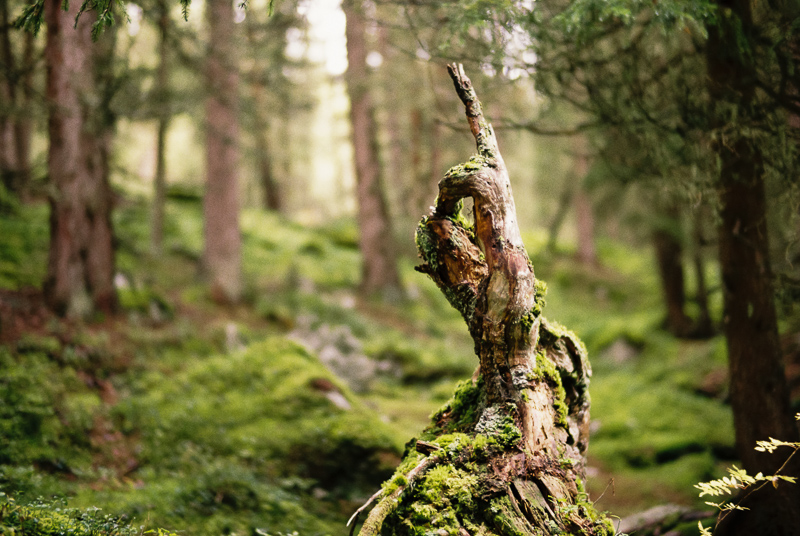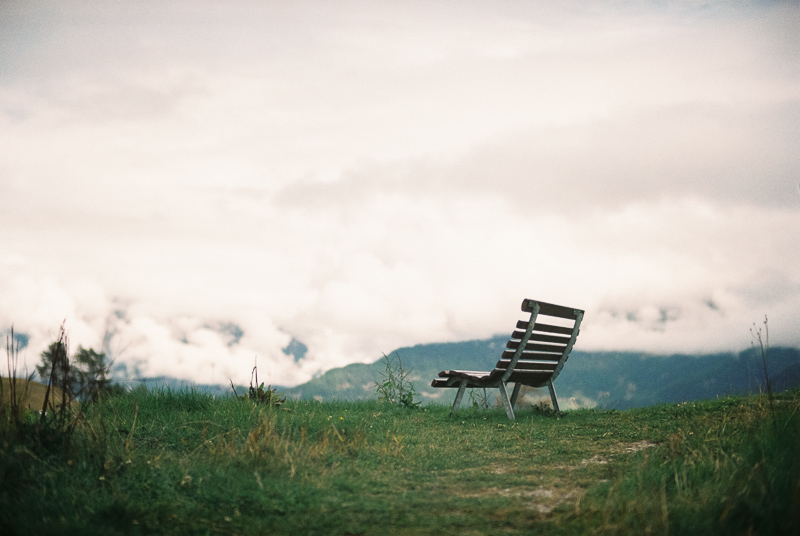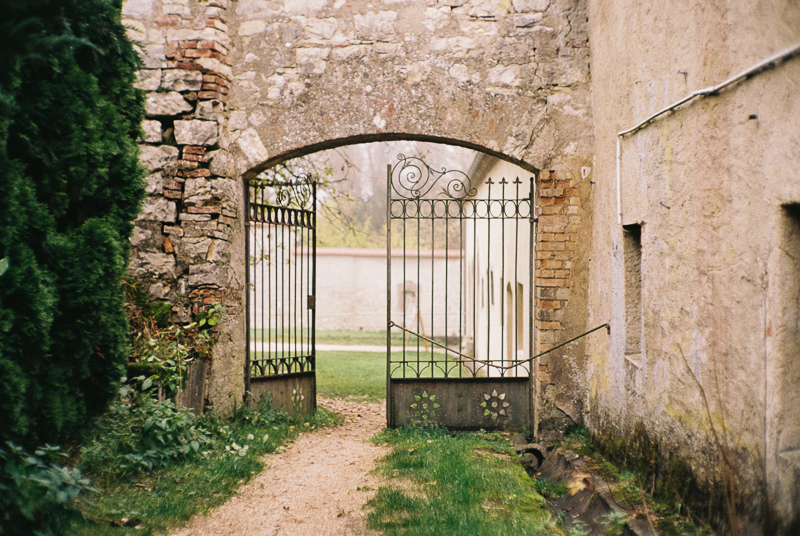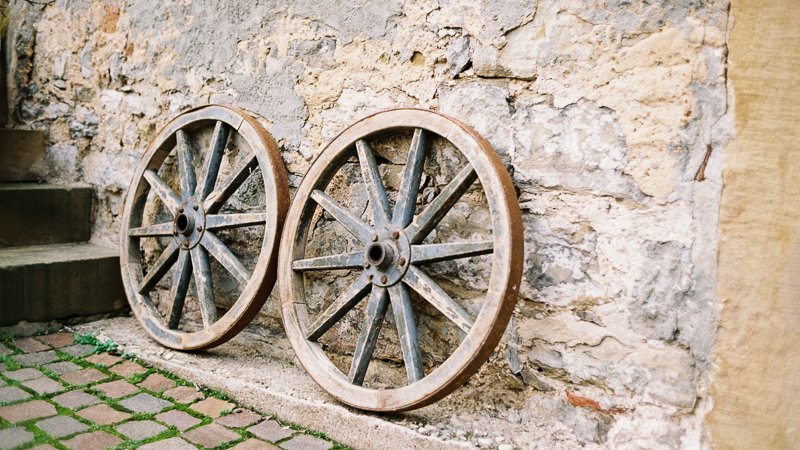Introduction
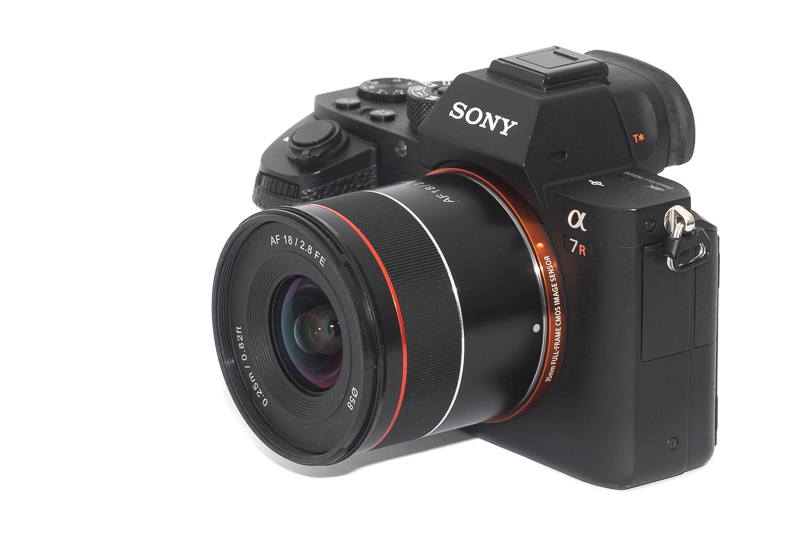
A small, lightweight and very affordable 18mm lens can be an interesting option for many photographers. It can extend the viewing angle compared to a midrange zoom significantly and if you only rarely delve into ultra wideangle photography it can also be a great option, as you will have less money sitting idle in your lens cabinet. The Samyang 18mm 2.8 AF wants to be exactly this lens, but the question remains, how high a toll the small size took on its optical performance. Let’s find out about that in this review!
Sample Images
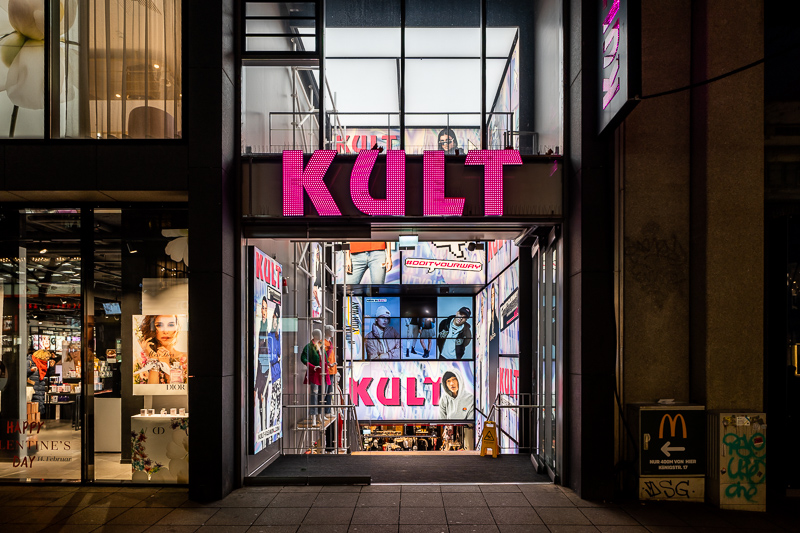
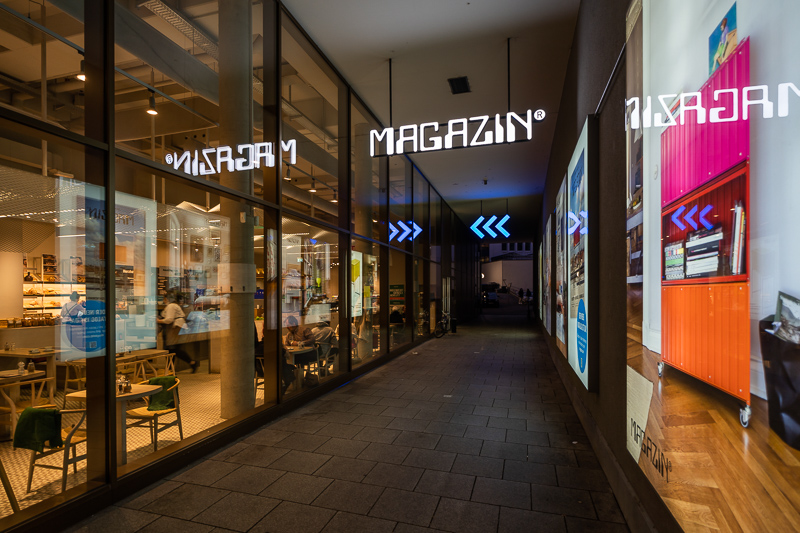

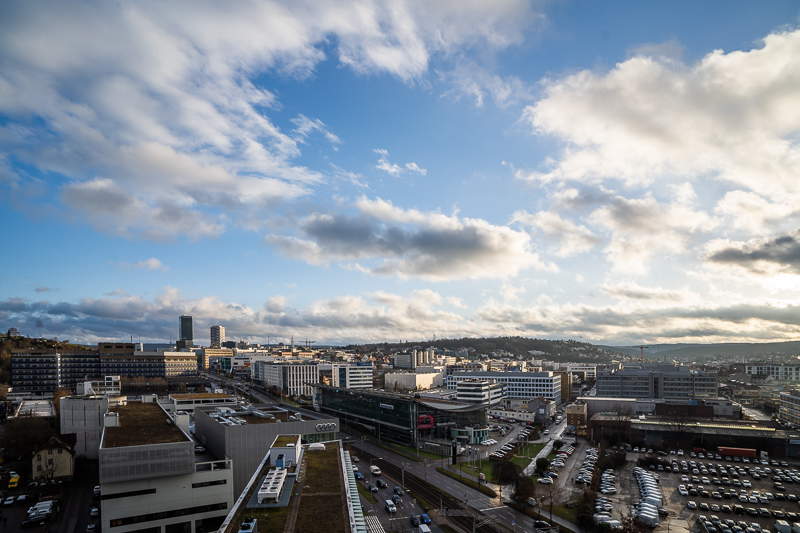

Continue reading Review: Samyang AF 18mm 2.8 FE – The affordable UWA lens

